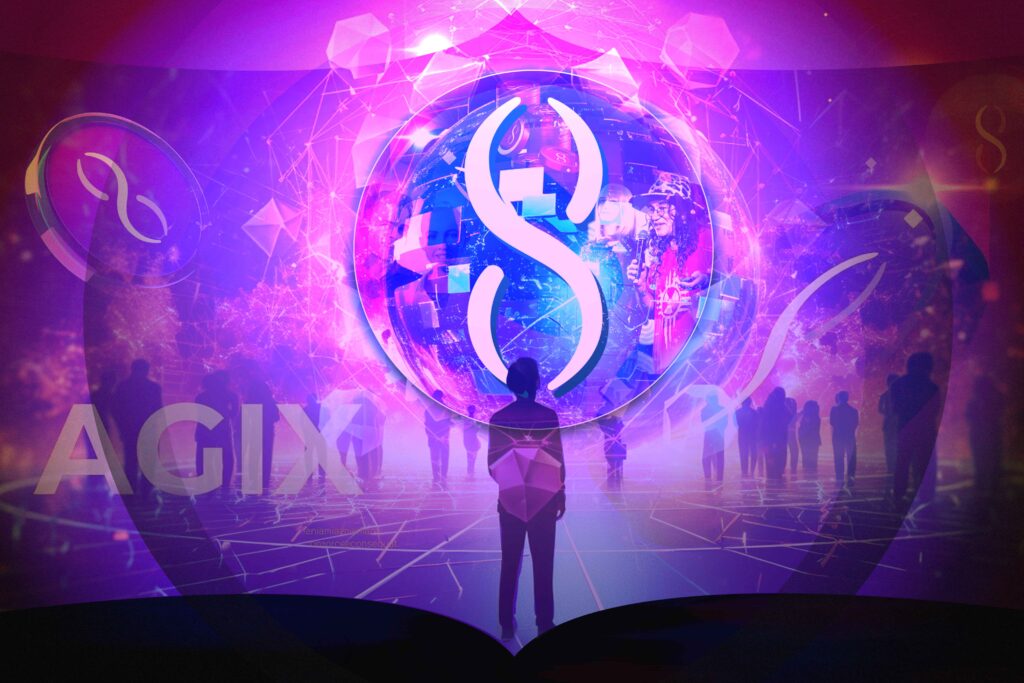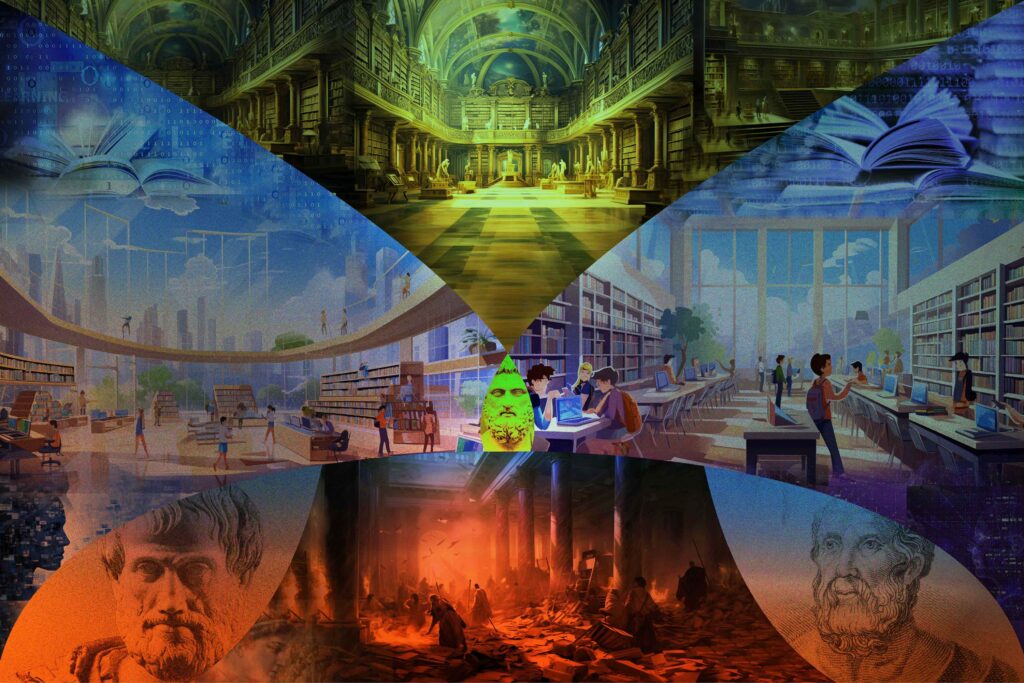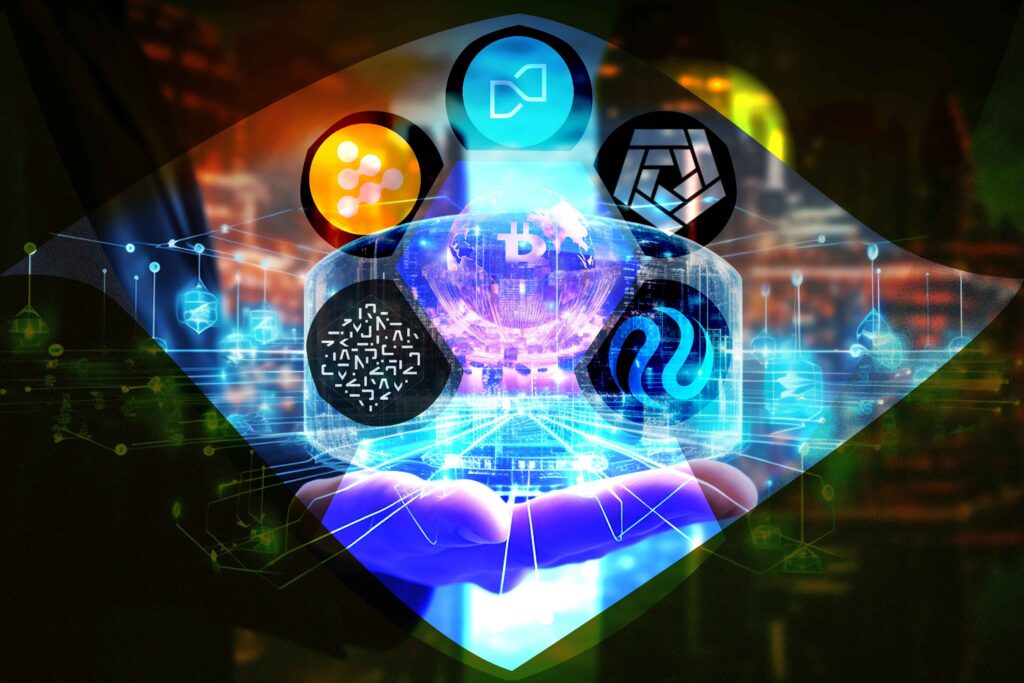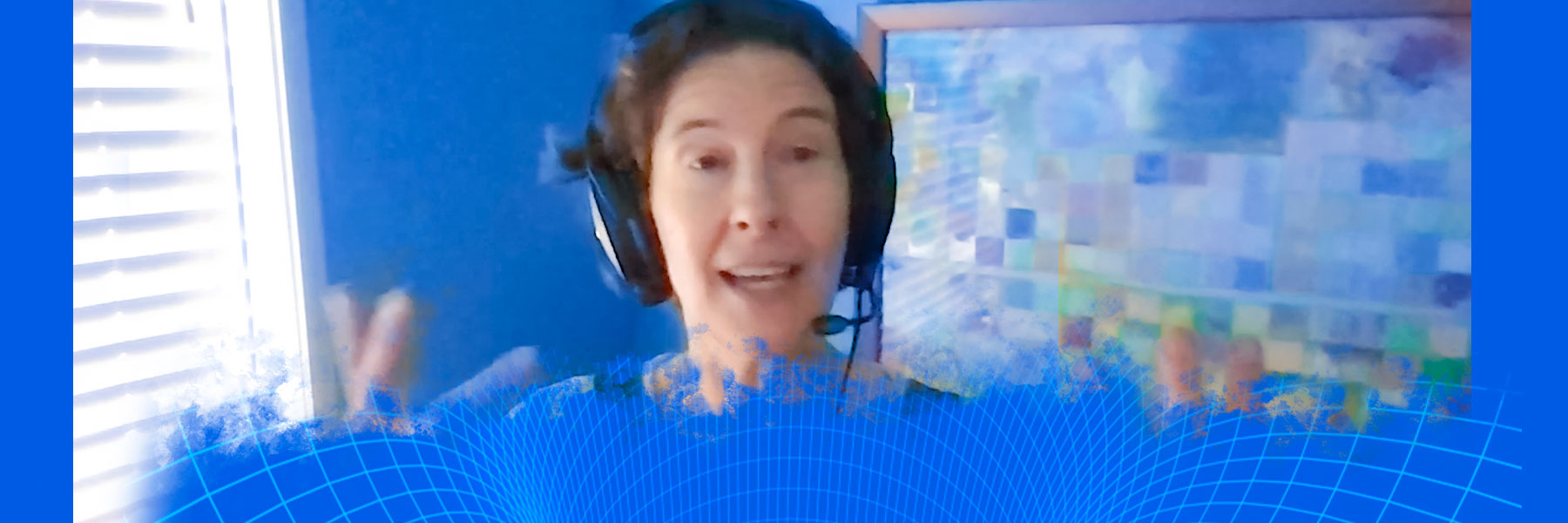Introduction
2023 has been a breakout year for artificial intelligence, with the astonishing superpowers of OpenAI’s ChatGPT, Midjourney, and others turning AI into the trending technology of the year and taking most of the shine (and funding) off previous darling Web3.
Soon enough, savvy technologists connected the dots between blockchain technology and AI. They understood that all roads lead to Rome – a decentralized Internet that requires vast resources will need incentives to scale, and a big chunk of it will come from distributed ledger networks.
As a result, there has been a dramatic surge in the price of so-called AI cryptocurrencies such as SingularityNET, which we covered in our Top 20 List of AI Cryptos for 2024 Part 1 and Part 2. Its token, AGIX, shot up from $0.04 at the start of 2023 to a crazy $0.58 in the beginning of February, and currently sits around $0.31 (December 2023).
Mindplex Magazine is a part of the SingularityNET ecosystem, so it’s an honor to tell our readers a bit more about this incredible project. Here’s what you need to know about SingularityNET, Sophia the robot, and the AGIX token.
What is SingularityNET?
SingularityNET is an AI-focused project that leverages blockchain technology to redefine how artificial intelligence is developed, shared, and commercialized. The project’s mission is to go beyond conventional AI by open-sourcing the concept of Artificial General Intelligence (AGI).
SingularityNET has built a decentralized AI marketplace that allows developers to share their AI innovations, collaborate, and directly monetize their AI solutions without using third-party intermediaries.
SingularityNET wants AI, one of the most important technologies that humans have ever worked on, to thrive by creating an environment where innovators can directly sell their AI solutions to consumers. SingularityNET, one of the top AI cryptocurrencies, has a utility token known as AGIX.
At the height of the initial coin offering in December 2017, SingularityNET raised $36 million in one minute. It also received a $25 million investment from LDA Capital in May 2022. Some of SingularityNET’s notable investors include Kosmos Ventures, Fundamental Labs, Zeroth.AI, and Elizabeth Hunker.
Who Created SingularityNET?
SingularityNET was founded in 2017 by a team including current CEO Dr. Ben Goertzel and Dr. David Hanson, two visionaries working at the intersection of AI and blockchain technology. Their credentials and track record in their fields of expertise lend credence to SingularityNET and the wider crypto sphere.
Born in Brazil, Dr. Goertzel is a cognitive scientist and AI researcher who played a crucial role in popularizing the term ‘Artificial General Intelligence’. Apart from serving as the CEO of SingularityNET, he is the chairman and chief scientist of AI software firm Novamente LLC, chairs the OpenCog Foundation, and is the host of the Mindplex Podcast.
David Hanson is a roboticist who founded and serves as the CEO of Hanson Robotics, a Hong Kong-based company known for creating human-like robots like…
Sophia the robot
Hanson Robotics’ best-known work is Sophia, a humanoid robot that has received media attention for reasons such as obtaining Saudi Arabian citizenship, selling an NFT artwork for nearly $700,000, and being appointed the first robot Ambassador for the United Nations Development Programme. She often accompanies Dr. Goertzel at various blockchain conferences across the world such as Token2049 in Singapore, where I had the pleasure of meeting her and conversing a little bit.
The verdict is still out on whether androids dream of electric sheep, but what’s certain is that Sophia is living the life that many people only dream of.
SingularityNET (AGIX) Tokenomics
SingularityNET’s maximum supply is capped at 2 billion AGIX tokens. The utilities of the AGIX token include:
- Governance – most tokens in the crypto sector are being used for governance purposes, and AGIX is no different. AGIX tokenholders can vote on issues affecting the platform’s governance.
- Staking and Rewards – AGIX holders can stake their tokens to receive rewards every 30 days.
- Payment – AGIX tokens are used to settle payments within the SingularityNET ecosystem.
How Does SingularityNET Work?
SingularityNET, which represents one of the many use cases of AI and blockchain, creates a network of AI services where developers showcase and monetize their AI solutions through a decentralized network. On the other end, users can buy AI solutions or test them before making a payment.
The platform wants to eventually build a scalable platform that is less reliant on Ethereum and more chain-agnostic. To make this happen smoothly, SingularityNET utilizes some tools and systems that include Daemon and its SDK.
What is Daemon?
Daemon is an under-the-radar but important component that acts as a sidecar proxy service within the SingularityNET ecosystem. It is more like an assistant that helps to manage tasks related to payments, Ethereum smart contracts, and other blockchain-related tasks.
There are lots of technicalities involved in the functioning of Daemon, but in simpler terms, it ensures smooth and secure interactions between developers and users especially when it comes to financial transactions.
Registry and Multi-Party Escrow Smart Contracts
SingularityNET utilizes two critical smart contracts – Registry and Multi-Party Escrow – for the network to operate fluidly.
Registry, as the name implies, is a database where developers and AI service providers list the important details of their products or services. The Multi-Party Escrow is a smart contract that provides escrow services for users and AI service providers. It also enables cheaper and faster transactions.
SDK
In general, an SDK (software development kit) is a collection of software development tools bundled together in an installable package.
SingularityNET’s SDK is a handy tool for consumers using AI services. It makes it easier for them to connect with SingularityNET services. The SDK also helps by automatically adding the required permissions to the tool used for connecting to these services, making the whole process smoother.
What are SingularityNET’s Main Products?
The core products of the SingularityNET ecosystem are:
SingularityNET AI Marketplace
This is the most important product of SingularityNET because it encapsulates the main ideas of the SingularityNET platform – democratizing and monetizing AI tools on decentralized blockchain architecture.
The SingularityNET AI Marketplace is a decentralized app that lets developers list their AI services and allows consumers to browse their desired AI services and products. The marketplace is simple to use, a major step in getting more people to interact with the platform. Users need to have a Metamask wallet, the gateway to Web3, or a traditional online wallet such as PayPal to make payments on the marketplace.
SingularityNET AI Publisher
The AI Publisher is the backend portal for developers and innovators on SingularityNET. It serves as a gateway for developers to effortlessly showcase and oversee their AI services.
The process is straightforward – developers complete uncomplicated forms and share basic onboarding information about the intended service. It is as easy as filling out a Google form. Those using the portal can access advanced AI applications, beta testing tools, and analytics that track the usage of their AI services.

SingularityNET and Cardano’s Partnership
SingularityNET and Cardano (ADA) are long-time collaborators with the shared objective of democratizing and decentralizing access to emerging technologies through blockchain technology.
As a decentralized AI marketplace, SingularityNET has been focusing on improving the interoperability between the Cardano and Ethereum protocols, such as developing a token bridge to enable transactions between the two networks.
In 2023, SingularityNET, in partnership with IOHK (the organization behind Cardano), announced they intend to move a substantial part of SingularityNET’s decentralized protocol from Ethereum to Cardano, by converting ERC-20 AGI tokens to a Cardano-compatible version, and recreating Solidity-based smart contracts in Cardano’s Plutus smart contract language.
Additionally, SingularityNET has introduced staking for its native token, AGIX, on the Cardano blockchain. This feature enables users to engage in and contribute to the expansion and wider adoption of the Cardano ecosystem.
AGIX Staking
SingularityNET has a staking platform where AGIX holders can lock up their AGIX holdings in exchange for incentives. Users can stake their AGIX tokens for 30 days. After that, they can redeem their rewards and staked AGIX tokens or roll them over for the next staking period.
In November 2023, SingularityNET rolled out staking on the Cardano blockchain, in addition to Ethereum.
Conclusion
SingularityNET is a blossoming AI-powered blockchain ecosystem that is wildly ambitious in its goals and enjoys the backing of a strong team and partners such as the Cardano and Ethereum communities. With artificial intelligence still in its infancy and the next crypto bull market potentially shaping up for 2024, the platform is only getting started, and you can stay up to date with all its latest developments here.
Let us know your thoughts! Sign up for a Mindplex account now, join our Telegram, or follow us on Twitter.















.png)

.png)


.png)